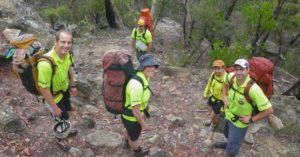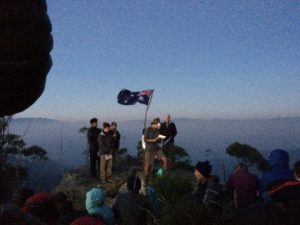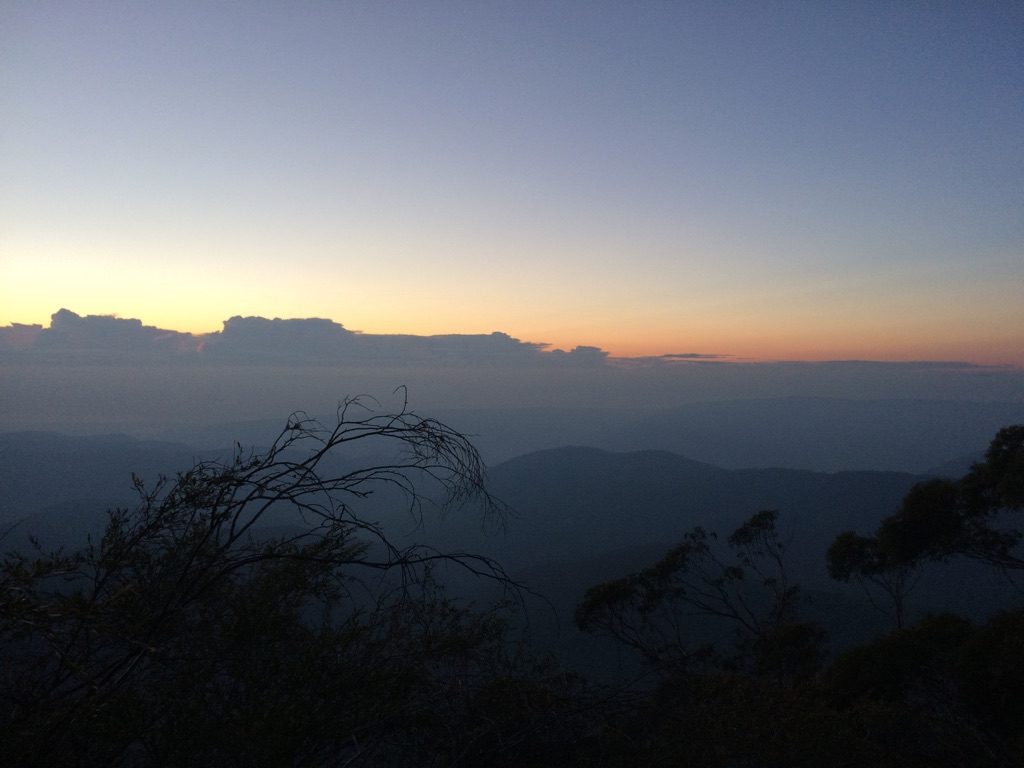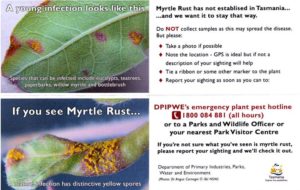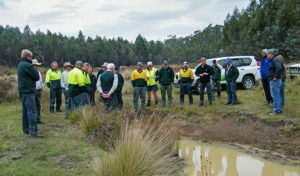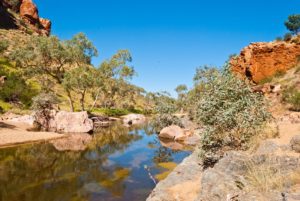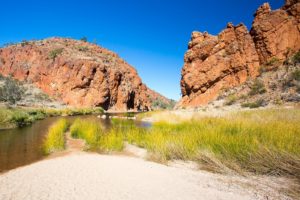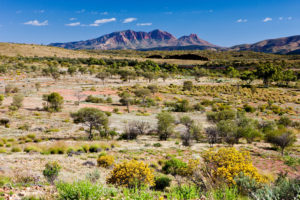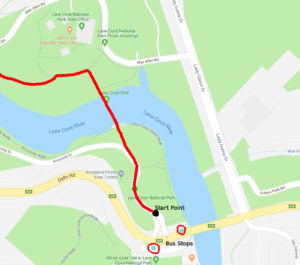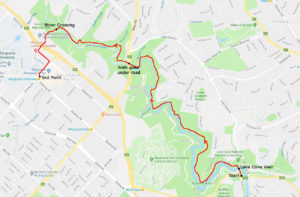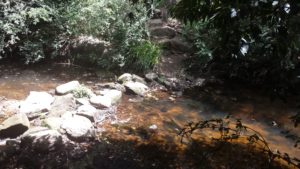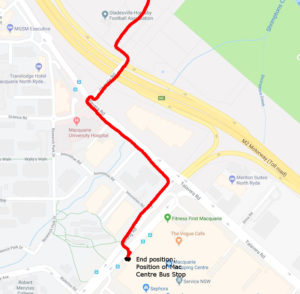If the Warragamba Dam wall is raised by 14 metres, the dam will hold over two additional Sydney Harbours, 4,700 hectares of World Heritage listed National Parks, 1,800 hectares of declared Wilderness Areas and 65 kilometres of Blue Mountains’ wild rivers would be inundated and destroyed.
It is arguably the most protected natural landscape in Australia. The Coxs, Kowmung, Kedumba, Natti, Wollondilly and Little Rivers would be flooded for months at a time.
Many of our Club members throughout NSW visit these areas.
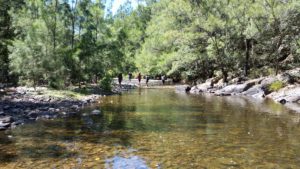
Without our support, internationally significant environments that are recognised in the Blue Mountains World Heritage listing would die from sedimentation, erosion and invasion of exotic plants.
There are 48 threatened plant and animal species which inhabit the proposed inundation area.
Species such as the vulnerable Camden White Gum and the Kowmung Hakea are predominantly found within the inundation area, with the dam raising likely pushing many species close to extinction.
The area of proposed inundation is home to hundreds of Indigenous heritage sites.
Delicate rock art and marker sites will be forever destroyed if they are flooded by the raised dam for any length of time.
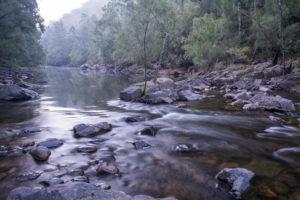
“Our history and our stories are in the landscape that surrounds Lake Burragorang. When Warragamba Dam flooded the valley in 1960, our lands and cultural sites were flooded. We do not want to see this story repeated with the remaining sites. Each time we lose a site, we lose part of our identity.”
– Kazan Brown
Gundungurra traditional owner and Warragamba resident
Information and photos courtesy of the Colong Foundation for Wilderness.
For more information, visit their website.

